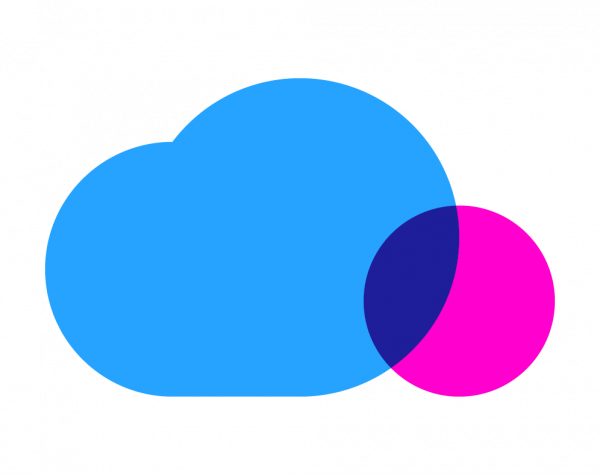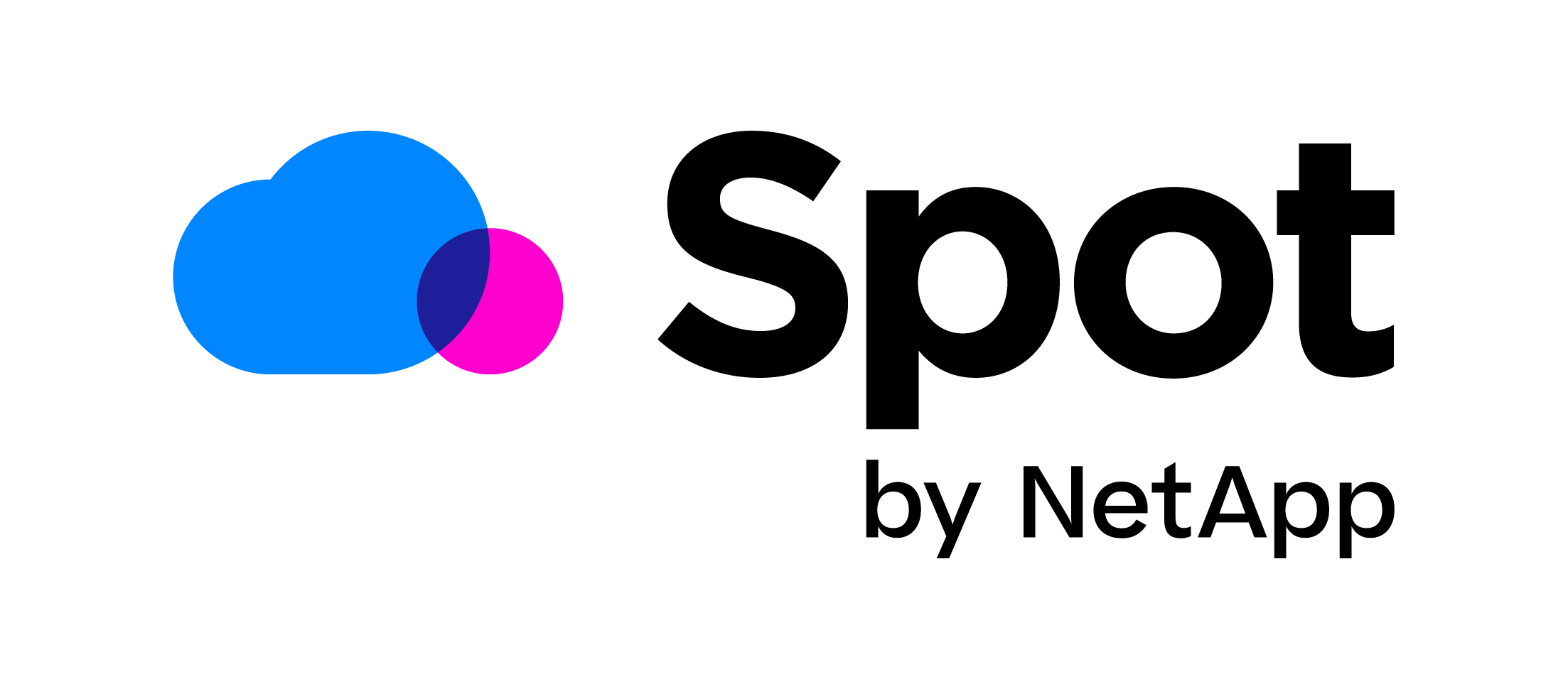FinOps: You’re probably hearing the phrase thrown around right now in discussions about cloud operations. But what is it? And what do you need to know if you want to implement a FinOps practice?
A past CloudCheckr webinar, Beyond Cost Management: Understanding Basic FinOps Concepts, covered what you need to know about FinOps. Joining our resident cloud evangelist and Product Marketing Director Todd Bernhard was Mike Fuller, co-author of the popular Cloud FinOps book and Principal Systems Engineer at Atlassian. Fuller is also a Voting Member on the Tech Advisory Council of the FinOps Foundation, an organization that he helped create alongside other experts in the field.
What led to the formation of the FinOps Foundation? Fuller said that he wanted to advance the field and give a view of how to improve the practice. They asked, “What are the key highlights that people should be doing to implement FinOps?” and answered that by determining best practices in FinOps.
In this recap, we’ll go over 10 basic FinOps concepts you need to know: the definition of FinOps, the six principles of a successful FinOps practice, and the three phases of the FinOps life cycle.
First, what is FinOps?
FinOps is short for cloud financial operations (or sometimes cloud financial management) and combines data, organization, and culture to help companies manage their cloud spend.
FinOps is the evolution of traditional cloud cost management and cloud cost optimization practices. You’re not just tracking cloud spend and utilization and trends and trying to chargeback or showback costs to departments. You’re measuring the effectiveness of cloud spend and relating it to the business’s goals using metrics.
To effectively optimize cloud spend, a FinOps practice aligns advanced cost management metrics with business metrics, such as revenue and profit; development schedules, requirements, and costs; business units and operations; growth projections; and other long-term analysis.
As a growing and dynamic field that is changing as the cloud evolves, FinOps concepts can sit well alongside methodologies like DevOps. In fact, that parallel was noted by Fuller, who said that both FinOps and DevOps talk about themselves as a practice. “FinOps is a culture within the organization you need to grow and harness,” he said.
The Six Principles of FinOps from the FinOps Foundation
The FinOps Foundation developed a set of six principles or “north stars that guide the activities of our FinOps practice.” As Fuller explained in our webinar, there had initially been more. However, he and other FinOps Foundation founders met with practitioners over several months to narrow down these principles and ensure that they were accurate.
These six FinOps concepts can be approached in any order yet taken as a whole.
1. Teams need to collaborate
These teams define governance and controls for cloud usage to continuously improve operations. This requires buy-in from functions like finance and engineering, who must move at the speed of IT and see cost as an efficiency metric.
2. A centralized team drives FinOps
Similar to a Cloud Center of Excellence or other cross-functional team, this centralized team centrally governs cloud costs and discount buying to control committed use discounts, reserved instances, and other volume or custom discounts with cloud providers and allocate costs to the teams and cost centers responsible for them.
3. Decisions are driven by business value of cloud
Teams in charge of cloud financials can benchmark their cloud performance against company performance and drive best practices throughout the organization.
4. Everyone takes ownership for their cloud usage
FinOps leaders need to empower teams to manage their own cloud use against their own budget. With visibility into their cloud spend, they should track team-level targets to drive accountability.
5. FinOps reports should be accessible and timely
With visibility into the cloud environment, FinOps practitioners can determine if resources are over- or under-provisioned. The continuous reporting, monitoring, and automation available in a cloud management platform can result in a fast feedback loop to promote more efficient cloud spend.
6. Take advantage of the variable cost model of the cloud
One of the biggest advantages of the cloud is that you pay for what you use. (Or, as Bernhard likes to say, you pay for what you order.) FinOps practitioners should take advantage of rightsizing and other services to optimize and correctly provision resources. Comparing pricing between services and resource types can also help organizations drive better decisions.
The FinOps Life Cycle
Once the FinOps process is in motion, what happens next? The FinOps Foundation also defined the three phases of the FinOps journey. These steps are meant to be continuous, meaning the cycle never stops. The phases are as follows:
Inform
The Inform Phase is about cost visibility and allocation, which includes making use of tagging, dashboards, and accurate invoicing, to receive up-to-date information on your cloud environment.
Optimize
The Optimize Phase is about utilization and efficiency via reserved instances, savings plans, and other cost-saving measures. It can also include multi-cloud evaluation for optimal workload placement.
Operate
During the Operate Phase, you strive for continuous improvement and operations and might leverage automation for scheduling and right sizing. As new discount plans and technologies are introduced, such as AWS Savings Plans or Serverless, take advantage of them.
In Cloud FinOps, this process is referred to as “Crawl, Walk, Run.” This means that you should start small in your FinOps practices to gain some early wins, explained Bernhard. He also recommends thinking of this process as “Lather, Rinse, Repeat,” because you’re never done.
Who can take advantage of FinOps?
Anyone can practice FinOps. The FinOps Foundation offers training and certification for those who want to dive deeper, and Fuller’s book Cloud FinOps is another great place to start. However, anyone with an interest in exploring FinOps concepts can get started.
Traditional cloud cost management and optimization efforts may only involve personnel who use the cloud on a daily basis. FinOps, however, requires buy-in from leadership, including:
- Cloud managers and architects
- DevOps
- Finance support
- Product managers and owners
- Senior leadership in technology, finance, and other business units
- Members of the C-suite, such as the CTO, CFO, CIO, CISO, and others
However, FinOps isn’t just for enterprise organizations. Many IT organizations haven’t begun the journey. It’s not because they don’t have the need, but often because they may not yet understand the value of FinOps or have the skills and the technology to implement it. Managed service providers (MSPs) have the opportunity to lead the way and bring FinOps practices to their customers as a value-add service.
As Fuller said during our webinar, “MSPs are in a position where they can advise and help grow the FinOps practices at all the organizations they help.” He pointed to reporting as a standard practice that they can use to guide customers in their cloud financial operations.
Go beyond the basic FinOps concepts
If you’re expanding your FinOps practice beyond the basics — or bringing it to your customers — we’re here to help. Spot by NetApp can play an essential role in a successful FinOps strategy. We support the FinOps practices that cross-functional FinOps teams can take part in and offer support for MSPs bringing FinOps to their customers. Learn more about our solutions for FinOps for MSPs and enterprises.


